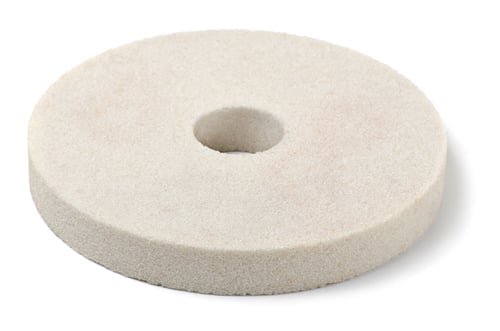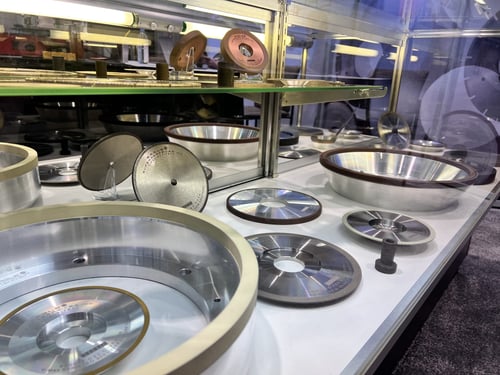When selecting the components of a grinding wheel one must carefully consider the many abrasive options available. Depending on your grinding operation, material specifications, and desired removal rates you will need to select specific abrasives. There is a wide range of materials to consider, each with its cutting performance, life span, and expense. Let’s take a look at two of the top contenders offered on the market to compare and contrast the industry’s classic, general-purpose aluminum oxide abrasive to its superabrasive counterpart, CBN






